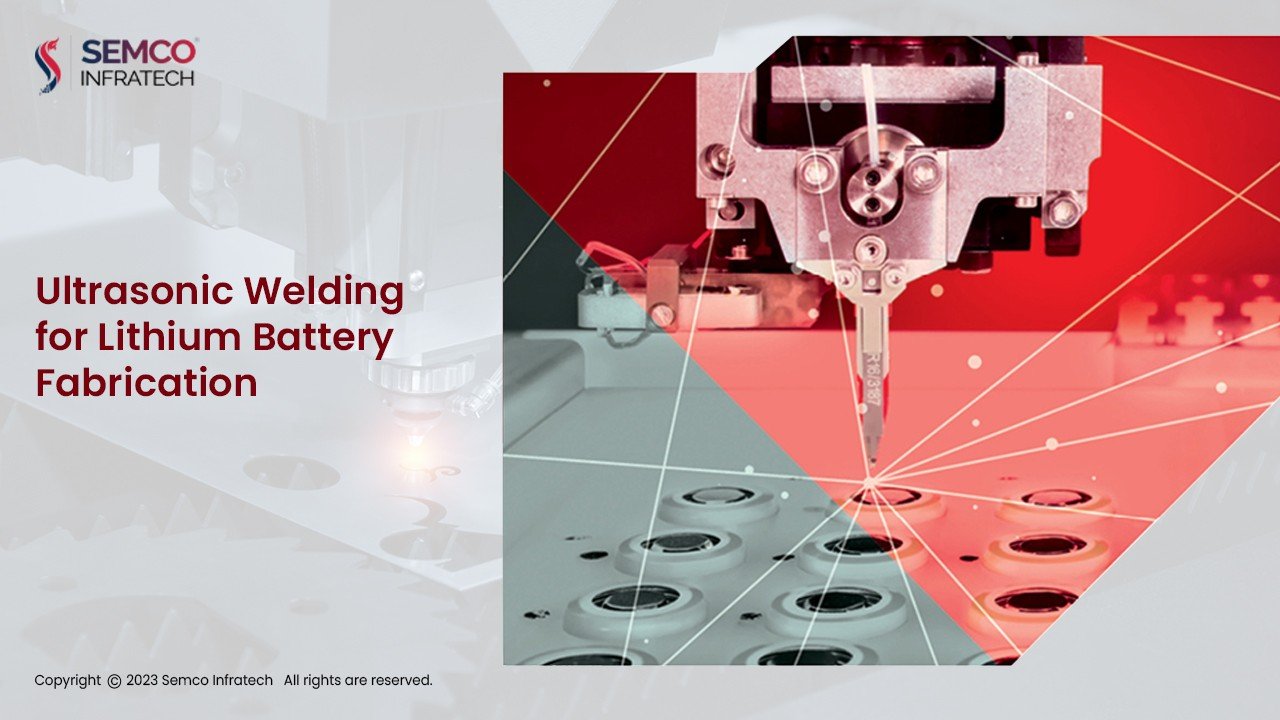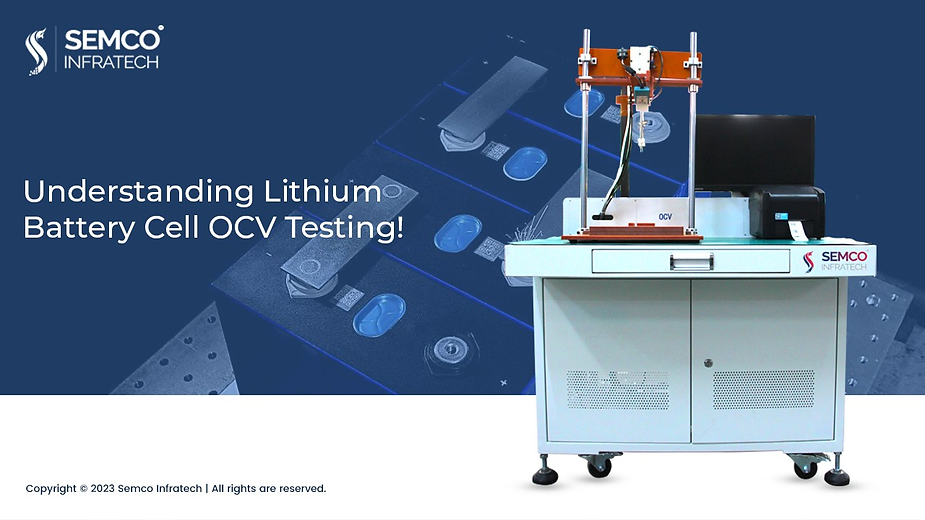
In the fast-paced world of lithium battery production, precision and efficiency are paramount. Enter the Lithium Battery Ultrasonic Welding Machine, a specialized piece of equipment designed to make welding lithium battery components a seamless process. But how does it work, and what precautions should you take when using it?
I. Lithium Battery Ultrasonic Welding Machine
The Lithium Battery Ultrasonic Welding Machine is tailor-made for welding lithium battery components, encompassing everything from electrodes to electrolytes. This machine works on the principle of “ultrasonic vibration”.
II. The Working Principle
At the heart of this machine lies the ultrasonic vibrator, a critical component that transforms electrical energy into high-frequency mechanical vibrations using piezoelectric ceramics. Here’s how it all comes together:
Ultrasonic Vibrator: This component generates ultrasonic vibrations through piezoelectric materials when voltage is applied.
Welding Head: Typically made of thermally conductive metal, the welding head transmits vibration energy. Its shape and size can be customized to suit specific welding requirements.
Welding Area: This is the contact surface of the lithium battery assembly that requires welding, typically composed of electrodes and electrolytes.
Welding Process: During welding, the welding head transmits ultrasonic vibration to the welding area, converting mechanical energy into heat energy. This high temperature melts the electrode and electrolyte, forming a robust welding connection.
Control System: Equipped with a control system, the machine allows operators to set and adjust welding parameters like ultrasonic frequency, amplitude, and welding time, ensuring precision and efficiency in the welding process.

Through this method, the lithium battery ultrasonic welding machine accomplishes efficient and accurate welding, enhancing the quality and performance of lithium battery components.
III. Specifications and Precautions
While this machine brings undeniable benefits to lithium battery production, its safe and effective use requires adherence to specific guidelines:
Safe Operation: Operators must wear appropriate protective gear and ensure the machine is turned off and stable before use.
Equipment Inspection: Before operation, inspect all machine parts to ensure they are in good condition, guaranteeing smooth equipment operation.
Parameter Setting: Customize welding parameters according to the welding object’s requirements, including ultrasonic frequency, amplitude, and welding time.
Cleaning and Maintenance: Regularly clean the equipment using non-corrosive or abrasive cleaners to maintain its performance.
Operation Skills: Skilled operators should handle electrode sheets with care, maintaining consistent welding pressure and angles to prevent damage.
Environmental Requirements: Operate the machine in a dry, well-ventilated environment to safeguard against moisture and dust.
Regular Maintenance: Periodically replace worn parts, lubricate equipment, and conduct maintenance to ensure prolonged, stable operation.
Safety Warnings: Install visible safety warning signs on the equipment to alert operators to potential hazards, such as high temperatures and pressures.
Conclusion
The Lithium Battery Ultrasonic Welding Machine is a marvel of modern manufacturing, revolutionizing lithium battery production with its precision and efficiency. By following the recommended guidelines and safety precautions, operators can harness the full potential of this cutting-edge technology, ensuring high-quality lithium battery components for a greener, more sustainable future.





